In the unpredictable world we live in, being prepared for urban disasters is a really, really good idea. Today, we’re diving into an essential element of your bug-out (or Get Home) bag: Footwear. Specifically, we’ll check out five boots that are not only built for urban survival but can also withstand the challenges of walking 40 miles in the face of a crisis.
by Leon Pantenburg
Disclaimer: I have worn and used hard all the boots/shoes mentioned in this post, and some were samples sent for review. Nobody had any input in this post, and I don’t work for any of the companies mentioned.
Question from a reader: “What is a good pair of boots to throw in the trunk and leave in the vehicle with the Get Home bag? I might have to walk a good distance. I want light boots, but they have to be sturdy enough to hike maybe 40 miles with a 10-to-20-pound pack. The terrain would be along a paved road or highway, and going cross country would probably not be feasible.”
One size/style definitely doesn’t fit all, and there is no easy answer to this query. Where you live, what season it is and the potential for wet, cold weather or furnace-level ambient temperatures and hot walking surfaces all have to be considered. Once you’ve established where the boots most likely would be worn, the next decision is probably waterproof or not?
IMHO (and isn’t that why you’ve read this far?) a pair of quality work boots may be your best choice for the Get Home bag.
During a get-home situation, you may end in a crowd of refugees. You want to blend in and become a “grey man” who doesn’t attract undue attention from predators. It isn’t a good idea to wear too much tactical-looking garb – you might as well wear a sign saying “Come rob me!” You want to look like the average city commuter, or man on the street, to pass under the radar. Dress the part by wearing what the locals wear – this includes, your pants, shirt and hat.
The good news is that some styles of work boots have become a fashion trend. Your sturdy footwear should fit right in.
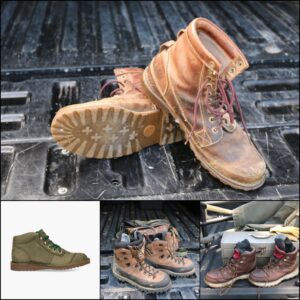
Quality boots – Top: Earth Bottom left: Jim Green African Rangers, Center: Irish Setter Elk Trackers Right: Rocky Rebounds
How do work boots differ from regular hiking boots? Hiking boots are for hiking, according to the popular perception. Work boots are for less-fun stuff – i.e. work. But there is a lot of cross-over use. I hiked a couple weeks in the Bighorn and Pryor Mountains in Wyoming, the 225-miles of the John Muir Trail in California and 14 days in the Beartooths in Montana in the same pair of Georgia™ brand logger-style work boots. The Georgias worked just fine, and were about half the price of some of the fancy hikers I couldn’t afford.
And cost may be the biggest difference between hiker and work boots. Shop around and you may get top quality work boots for about half to two-thirds of the cost of mid-quality hiking and/or mountaineering boots. If the intention is to have some reliable footwear available, without an investment in gear that may not get used all that much, consider some quality work boots.
Here are five excellent candidates for the get-home/bug-out bag that rides in the trunk.
- Irish Setter Pinnacles: These are the kind of boots that can take anything from walking at the mall to hiking mountain trails carrying a heavy pack. If forced to choose one boot for everything, for me, the choice would be simple: I want sturdy, ankle-high, non-insulated hikers with a fairly aggressive tread pattern on the sole. Like these Pinnacles
- Jim Green Ranger boots: These boots are tougher than they look. Designed for African Park Rangers who protect endangered elephants and rhinoceros, these boots are nondescript, and they won’t attract much attention.
- Danner Incursions: Danner is synonymous with quality in the tactical gear world, and their Incursion is no exception. This isn’t a work boot per se, but they meet the qualifications as combat boots in several U.S. military branches. And nobody works harder than our troops! These are an excellent choice for hot weather wear, along with some quality wool socks.
The next two on the list have waterproof membranes, which I generally don’t need in my lifestyle. But if you live in a cold, wet climate you might prefer these:
- Rocky Rebounds: The Rebounds are not my first pair of Rocky boots. Working in Washington D.C. I was often out in inclement weather wearing dress clothes. A wool overcoat, wool fedora and waterproof, insulated Rockys worked for me. The Rebounds resemble several other moccasin-style toe, six-inch high leather boots with the wedge sole Review
- Kuru Quest: The Quest is Kuru’s top-selling trail hiker for those suffering from Plantar Fasciitis, heel pain, flat feet, bone spurs, and more. I got the brown Woodstock Quests, and find them to be excellent for walking on hard surfaces like pavement or concrete.
Honorable mention, since I don’t have room to mention all the excellent work boots in this category!
Irish Setter Ashbys: I’ve been wearing this style of work boot for decades. The six-inch, moc toe boot is elegant in its simplicity and time-proven by generations of hard-working people. Read the review
Timberline Earthkeepers: The best endorsement of a product is to use it continually and take its reliability for granted. These Timberlines have been my go-to, kick-arounds for every dirty job for a long time. They can be re-soled and probably will be. Read the story.
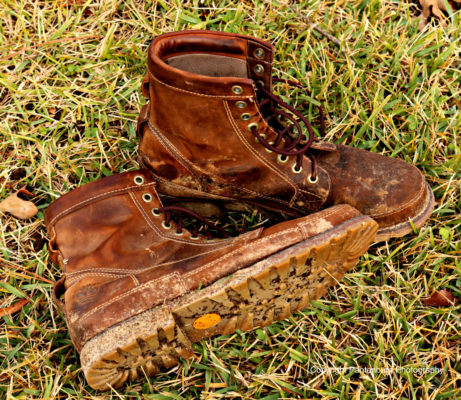
These Timberline Earthkeepers have been used hard for about a decade.
Get the right boots – for your situation – then break them in before putting them in the trunk. Leather boots require a break-in period and the time to do that is long before you have to abandon your vehicle and walk! Pack a pair of quality wool socks in each boot. Your socks will help determine how far you can walk. Painful, bleeding blisters are not an option – they can create a survival situation! Change socks during breaks and put the sweaty socks on the outside of the pack to dry and air out. You’ll be amazed at the difference dry socks can make in the comfort of any boot.
Conclusion: Selecting the right boots for your bug-out bag is a critical decision. As always, match the equipment to the task, and don’t scrimp on your footwear. The brands mentioned above are stand-outs for quality, durability, and performance in urban environments. Whether you’re facing an unexpected disaster or planning a 40-mile escape, these boots ( and socks!) will be your reliable companions and may turn out to be your most important piece of survival gear!
There are many factors that determine how comfortable your hiking footwear will be. Consider these things when you are shopping:
- Shoes or boots for hiking?
- Waterproof or not?
- What are the best socks for the conditions?
- How do you avoid getting sore feet?
- Will the shoes or boots keep your feet warm?
Please click here to check out and subscribe to the SurvivalCommonSense.com YouTube channel – thanks!

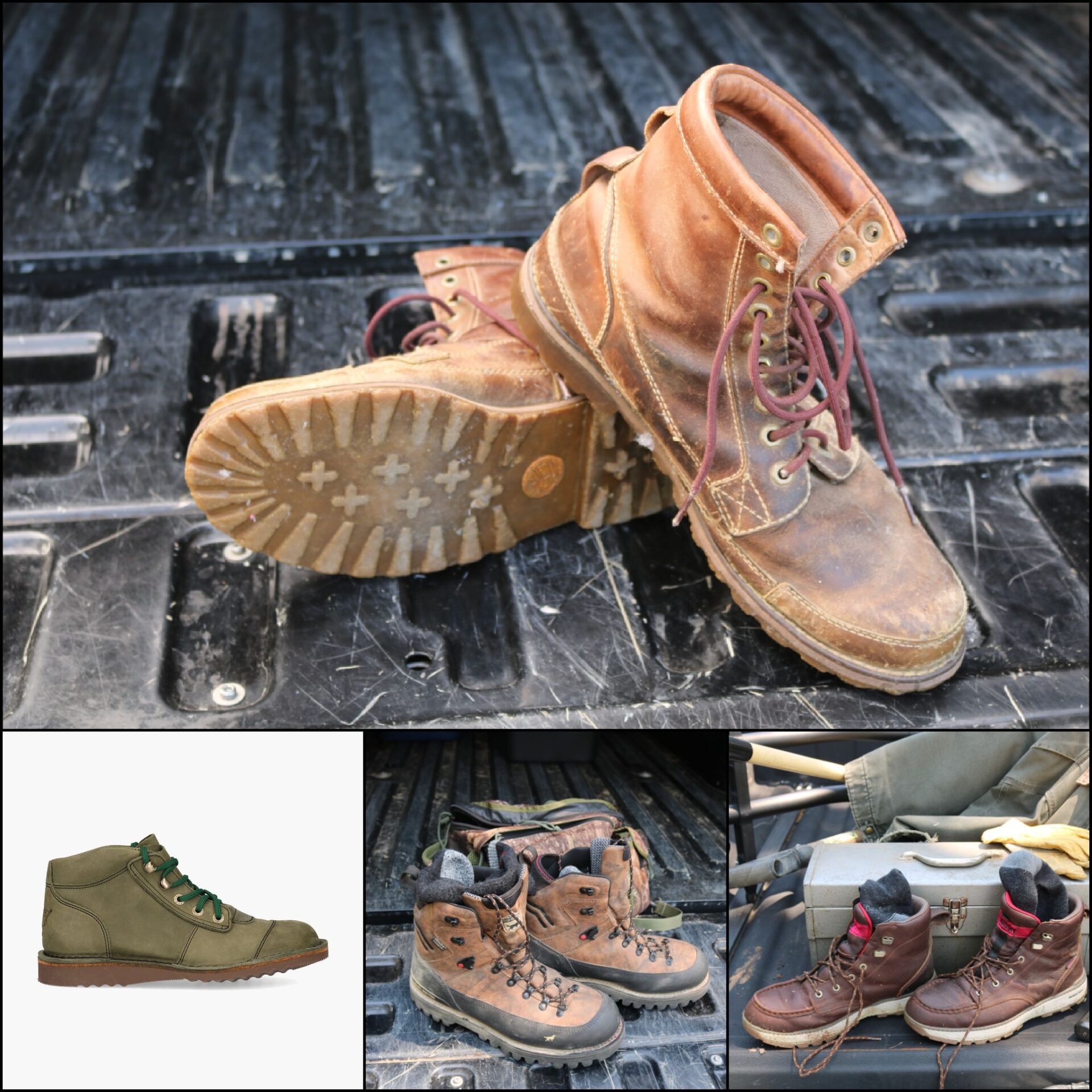

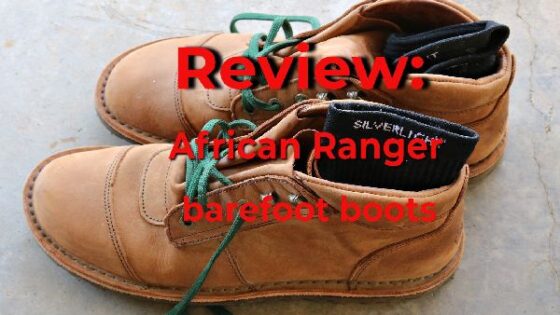
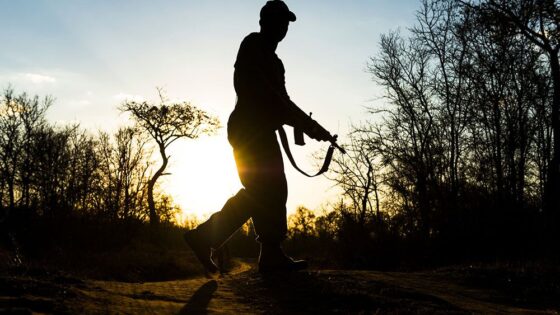

Leave a Reply